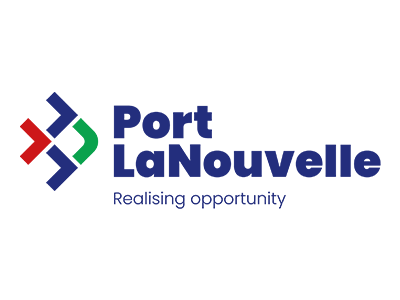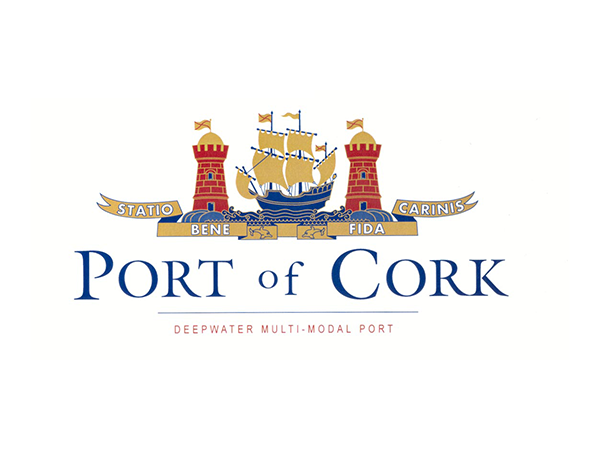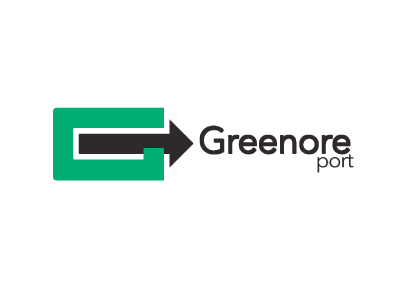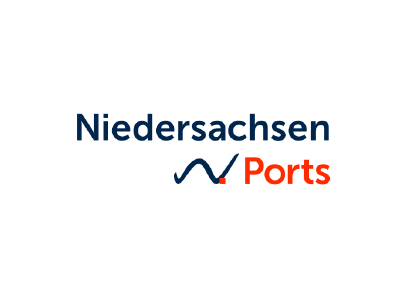

Activities and news
- 28 February 2025
More than EUR 300 million for Klaipėda Port infrastructure - 17 December 2024
Den Helder selected for OranjeWind offshore wind project - 5 December 2024
Round up of news - 7 September 2023
Round up of news - 26 September 2022
Meeting at Niedersachsen Port of Cuxhaven – Port updates - 4 April 2022
Meeting at the Port of A Coruña – Port updates
WindEurope Ports Platform
Offshore wind today represents 3% of the EU power demand. Europe now has a total installed offshore wind capacity of 30.3 GW (March 2023). This corresponds to more than 5,954 grid-connected wind turbines in 126 offshore wind farms across 13 countries. European Government pledges to add up to 150 GW of offshore wind in the next decade to comply with Europe’s climate ambitions. This huge expansion entails a major increase in how much new offshore wind in Europe installs each year: from 3 GW a year today to 7 GW by mid-decade and over 20 GW a year by 2030.
As part of this energy transformation, ports are growing their businesses to support offshore wind energy in increasingly sophisticated ways. Ports actively contribute to cost reduction and efficiency.
As practices evolve, multi-port strategies mean that cooperation between ports will be stronger than ever. For this reason, WindEurope launched the Offshore Wind Ports Platform, which gathers ports with active operations and interests in offshore wind to share best practices and engage with industry and policy-makers. Through the Ports Platform, offshore wind ports share knowledge, align on communication priorities, and speak with one voice to key stakeholders.
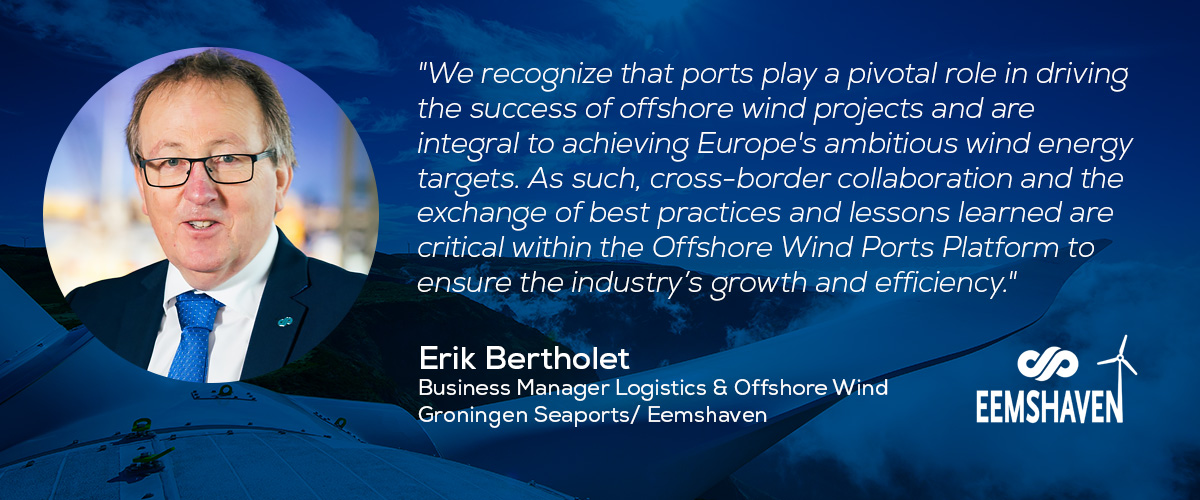
Who are the members of the Ports platform?
The Ports Platform is currently composed of 35 members. The group has a steering committee composed of 6 of the most experienced ports in the industry. They steer the work of the platform and set the priorities of the working group.
Their expertise varies across a multitude of activities: energy, cargo, bulk, shipyard, tourism and fishing. Most of the Ports are experienced in the offshore wind industry.
Together, they supported over 17GW of capacity installed and over 8GW of Operations & Maintenance, mainly in the North Sea.
While some Ports cover the full wind energy value chain, others are specialised in specific services (preassembly, installation, Operations & Maintenance, storage & production and shipping of components). Some others, with limited or no experience in offshore wind, have joined the Platform to obtain market intelligence and experience from other Ports. This allows them to understand whether they should enter the business and strategically plan their investments for extending or re-purposing their facilities.
The role of Offshore Wind Ports
Ports are central to the development of offshore wind. They play a key role for the local supply chain, logistics and supporting infrastructure (e.g. storage of components). Ports are where operation and maintenance of offshore wind farms are run, where all offshore wind turbines and other equipment get transported, and where floating turbines are assembled. And they will have a prominent role in the production and distribution of renewable hydrogen.
Europe’s ports today support the deployment of 3 GW of new offshore wind farms every year. By 2030 they need to be supporting the deployment of 25 GW of new offshore wind farms and servicing almost 16,000 turbines every year.
How can Ports contribute to offshore wind cost reduction?
Ports can only deliver these services if they make significant investments to upgrade and expand their infrastructure. Crucially, ports need to expand their land, reinforce their quays, enhance their deep-sea berths and carry out other civil works. They need to do this to cater for operating and maintaining of a larger fleet (including training facilities), for upcoming decommissioning projects and to host new manufacturing centres for bottom-fixed and floating offshore wind. Ports also need to diversify their activities to support the decarbonisation of industries, transport and heating in coastal areas.
Europe’s ports need to invest €8.5bn between now and 2030 to support the expansion of offshore wind. This investment could be paid back in just five years and would bring significant savings for electricity consumers and society as a whole.
The development of ports infrastructure is commonly a matter for local, regional and national authorities. But given the strategic importance of ports to fulfill the EU’s goals for offshore renewable energy, the Offshore Wind Ports Platform advocates for European institutions and Member States to develop a strategy for the development of port infrastructure and mobilise financial instruments to support the necessary investments.
Ports Platform Steering Committee
Ports Platform Members
For more information, contact [email protected]




